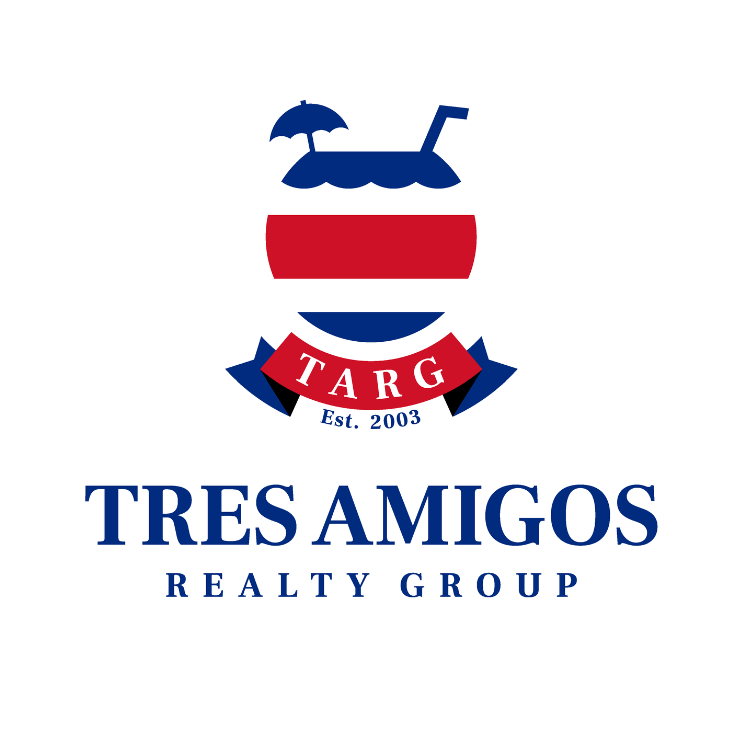Costa Rica recorded a record 2.66 million tourists in 2024. This surge in visitors has profound implications for the real estate market, influencing property values, development projects, and rental opportunities.
The Figures are Impressive
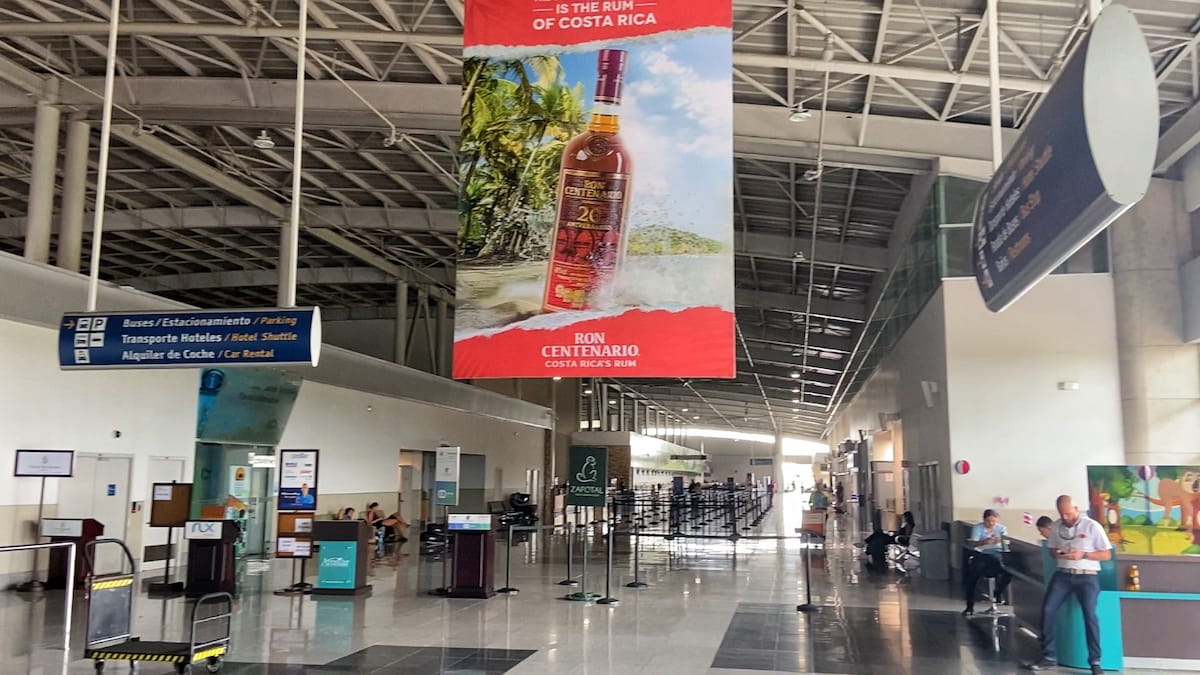 The numbers are in! In 2024, Costa Rica achieved its highest number of visitors in 16 years. 2.66 million arrivals resulted in a 7.7% increase over 2023. While Juan Santamaría International Airport recorded a 10.3% increase with 1,779,529 arrivals, Guanacaste International Airport in Liberia showed the biggest increase of 14.5% with another 881,289 arrivals. (Source: newsinamerica.com) That’s significant growth and it has an impact on a number of different components in Costa Rica’s – and especially Guanacaste’s – vibrant real estate market that investors, owners, and renters need to be aware of.
The numbers are in! In 2024, Costa Rica achieved its highest number of visitors in 16 years. 2.66 million arrivals resulted in a 7.7% increase over 2023. While Juan Santamaría International Airport recorded a 10.3% increase with 1,779,529 arrivals, Guanacaste International Airport in Liberia showed the biggest increase of 14.5% with another 881,289 arrivals. (Source: newsinamerica.com) That’s significant growth and it has an impact on a number of different components in Costa Rica’s – and especially Guanacaste’s – vibrant real estate market that investors, owners, and renters need to be aware of.
Property Values
Increased Demand: As tourism grows, demand for residential and commercial properties often rises. Investors and developers may seek to capitalize on the influx of tourists, leading to increased property values in popular areas.
This is exactly what is happening in the Papagayo area, as well as many other areas along the Nicoya Peninsula. A prime example is the Polo Turistico (a.k.a. Golfo de Papagayo Tourism Development) here on the Golfo de Papagayo (a.k.a. Gulf of Papagayo). The year 2025 welcomed the opening of the new Nekajui Residences at the Ritz Carlton Reserve Peninsula Papagayo, and will be welcoming Hilton’s new Waldorf Astoria Costa Rica – Punta Cacique on May 1st. The pre-sales on these 5-star luxury brands for 2BR condos started at around ~$1.5 million. Today, you can’t touch one for under ~$2.7million.
Sidebar: A long time ago I learned something from one of my life insurance salesman friends (yes, I actually had a friend that sells life insurance) that has proven true empirically throughout my life: “The cost of waiting is more expensive than pulling the trigger now.” The longer you wait to get into Costa Rica real estate, the more it will cost you. The folks at the Waldorf and Ritz haven’t even closed on their condos and have already made millions of dollars. The same goes for anyone – whether you’re looking for a $90,000 studio condo, or a $5 million dollar titled beachfront estate. Don’t wait! Don’t overthink it. Pull the trigger now. It’s only going to go up in value.
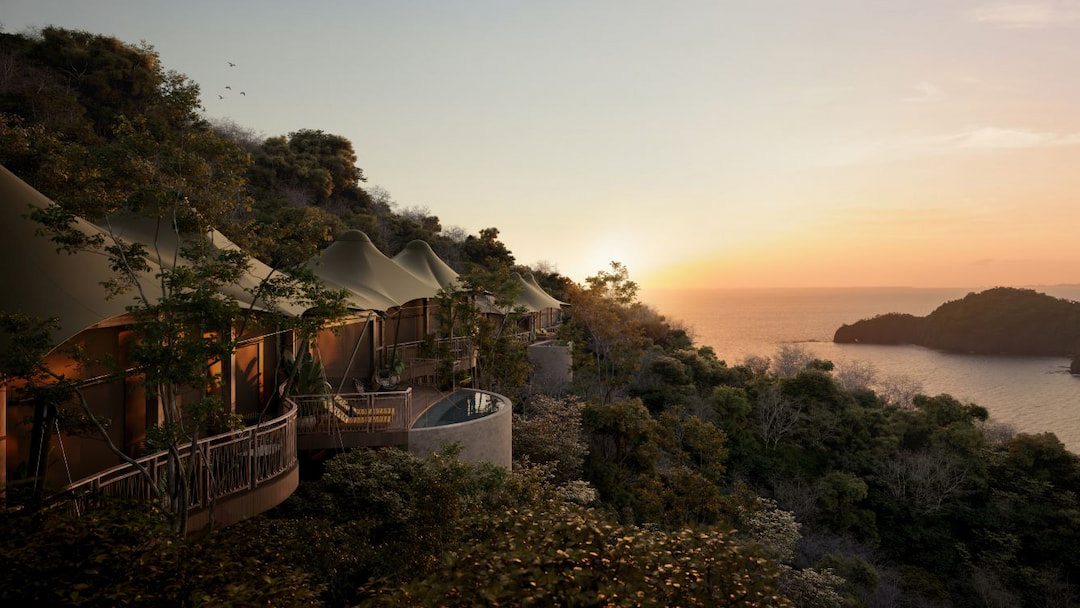 And it’s not just the ultra-luxury market. All those tourists getting off those airplanes as mentioned above come from all walks of life with a wide variety of asset allocation ranges. Some want an ocean view lot in Playa Hermosa. 5 years ago, that would have cost you about ~$250,000. Today, it’s about $400,000 – $550,000 for the same lot – if you can even find one anymore. It’s more difficult every day to find much ocean view property without having to pay a higher price for it. And they’re not making any more of it. So, imagine what it will be like in another 5 years.
And it’s not just the ultra-luxury market. All those tourists getting off those airplanes as mentioned above come from all walks of life with a wide variety of asset allocation ranges. Some want an ocean view lot in Playa Hermosa. 5 years ago, that would have cost you about ~$250,000. Today, it’s about $400,000 – $550,000 for the same lot – if you can even find one anymore. It’s more difficult every day to find much ocean view property without having to pay a higher price for it. And they’re not making any more of it. So, imagine what it will be like in another 5 years.
Market Appreciation: Areas rich in tourist attractions (e.g., beaches, amenities, national parks) tend to experience more rapid appreciation in property values, making them attractive investment options.
Living here in the Papagayo region allows you to eat your cake and have it too. You can be on the side of a Rincon de la Vieja volcano in a cloud forest in the morning and be at a deserted beach in the afternoon for sunset. In 25 minutes you can be from baggage claim at Guanacaste Airport [a.ka. Daniel Oduber Quirós International Airport (LIR)] to the beach. Shoot me an email and tell me anywhere else in the world you can do that.
Amenities like Walmart, PriceSmart, Hospital San Rafael Arcángel, and Solarium Logistics Center are all within 35 minutes from where I’m typing these letters now. Conversely, Roca Bruja (a.k.a. Witch’s Rock) – the world class surfing Mecca made famous in the 1994 film The Endless Summer II) – is just a one hour boat trip that takes me to Parque Nacional Santa Rosa (a.k.a. Santa Rosa National Park).
You’re in the middle of it all on the edge of nowhere here. What’s not to like about it? There’s something for everyone within an hour of where they’re standing at any time.
Speculative Investments: The expectation of appreciation can lead to speculative buying, which may drive prices higher, especially in sought-after regions.
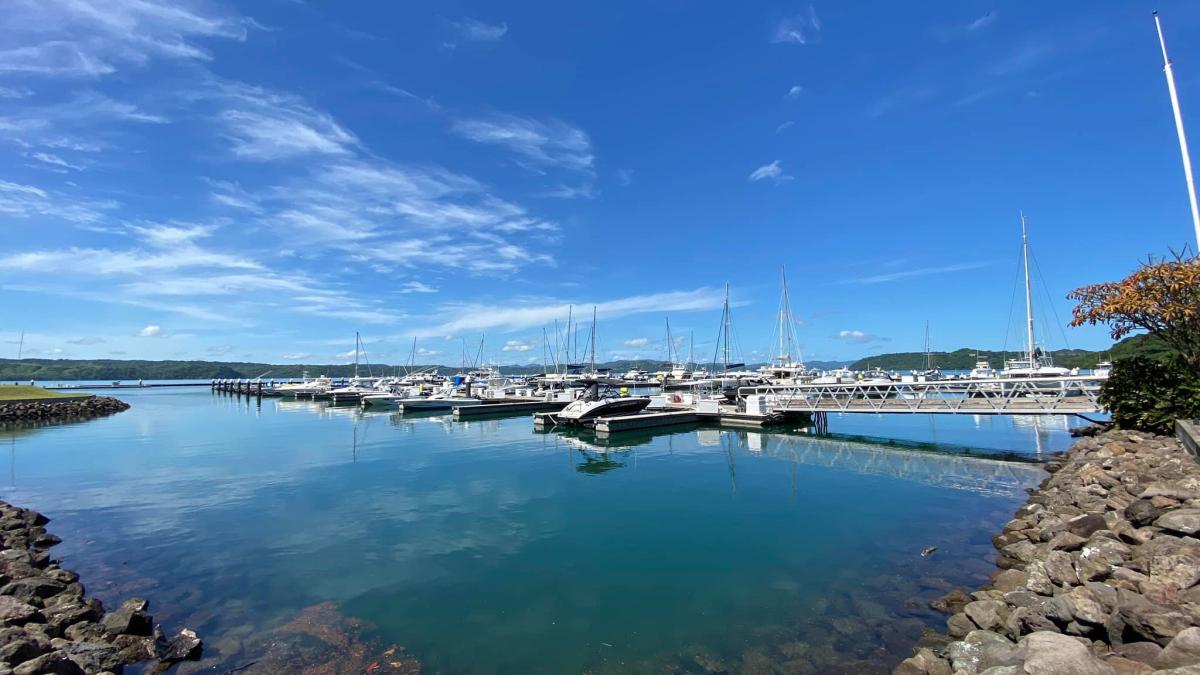 The January 2025 announcement of the final approval for Playas del Coco’s new Marina has recently sent ripples through the Papagayo area. Feelings are mixed on how it will all go. But people with real estate close to the area the marina is planned for are already raising their prices, even though its completion is 3-5 years off.
The January 2025 announcement of the final approval for Playas del Coco’s new Marina has recently sent ripples through the Papagayo area. Feelings are mixed on how it will all go. But people with real estate close to the area the marina is planned for are already raising their prices, even though its completion is 3-5 years off.
Sidebar: 3 – 5 years in real time is more like 5 – 7 years in “Tico time” (a.k.a. Costa Rican time). But the investors and owners with the staying power only make money and never lose it.
Development Opportunities
New Developments: To accommodate growing tourism, there’s often a push for new residential and commercial developments, including hotels, condos, and vacation homes. This can stimulate local economies and create job opportunities.
A prime example of this it the new Bahía Papagayo project on the Polo Turistico. Five new parcels are being added to the already in-place Marriott Bonvoy Autograph Collection El Mangroove Hotel. Parcel 2: Greenview Luxury Residential Villas, Parcel 3: Artisan District, Parcel 3B: Spa, Yoga Deck, Club, Park, Art, and Nature Trail amenities, Parcel 4: Town Center, Parcel 5: Residential and Retail.
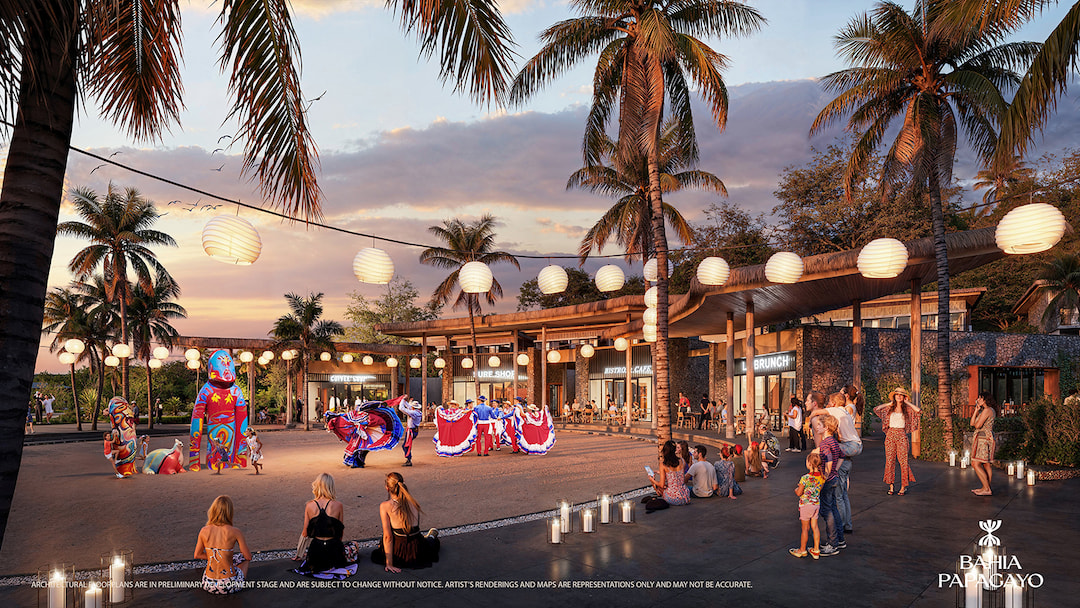 This huge new project includes a new town center and private beach club offering its residents the pinnacle of luxury living all in one place. You have to see it to believe it. Click here to learn more.
This huge new project includes a new town center and private beach club offering its residents the pinnacle of luxury living all in one place. You have to see it to believe it. Click here to learn more.
The economic impact of a project like this will have on this area of Papagayo will be significant offering more jobs and more opportunity to more people living in this area. Not to mention the positive impact it will have on businesses – contractors, suppliers, tour operators that will cater to the new residents and vacation renters who will reside in the Bahia Papagayo community.
Infrastructure Improvements: Increased tourism can prompt local governments to improve infrastructure, such as roads, utilities, and public services. Enhanced infrastructure can make areas more desirable for potential buyers, further boosting property values.
To handle the increased numbers of travelers arriving here in Guanacaste, the Guanacaste International Airport (mentioned above) embarked on a $100 million, 4-phase infrastructure improvement program that, when completed in 2025, will increase the capacity of operations allowing it to serve an extra 300,000 additional passengers each year.
Last week, the airport unveiled a 634m2 expansion of it's boarding lounges, adding new retail and pet relief areas and a new video wall is in the works that will display real-time flight information. The last phase underway is a $36 million facelift to the runway to enable continued growth in traffic and larger aircraft over the next decade.
And remember it’s only 25 minutes from baggage claim to the beach!!
Sustainable Development: With a focus on eco-tourism, development projects increasingly emphasize sustainability. This trend can lead to the construction of eco-friendly properties, appealing to environmentally conscious buyers and investors.
 “Sustainable development” is the new and somewhat abused buzz phrase here in Guanacaste, and around the world. And it all sounds good and I’m all for it. And there are legitimate sustainable developments in Guanacaste and throughout Costa Rica in general that provide lucrative lifestyle and investment opportunities while reducing carbon footprints and water consumption, preserving the local flora and fauna, and blending in with nature instead of trying to dominate it.
“Sustainable development” is the new and somewhat abused buzz phrase here in Guanacaste, and around the world. And it all sounds good and I’m all for it. And there are legitimate sustainable developments in Guanacaste and throughout Costa Rica in general that provide lucrative lifestyle and investment opportunities while reducing carbon footprints and water consumption, preserving the local flora and fauna, and blending in with nature instead of trying to dominate it.
But here’s a stark reality: a lot of development projects are green washed to drive presales. The completed project looks little like the glossy schematic renderings and the expensive architectural models the developers present to prospective buyers. The projects end up occupying forest where monkeys once played, filling in waterways and estuaries, lacking the green roofs promised, having no rain water recycling, and are value engineered to the point that they look more like a 3-star when completed (if completed) than the 5-star development they were billed to be at conception.
Sidebar: This may sound cynical, but any architect will tell you that value engineering (a.k.a. V.E.), though intended to maintain quality by reducing cost, results in a cheaper project of lesser quality. Vinyl tile is not a substitute for marble. That’s the hard reality.
Be careful when speculating on a sustainable development before it’s even out of the ground. Do some careful research on the developer. Is the money there? Or is the developer using your money to fund the project? Doing so will reduce your chances of being disappointed when you’re handed the keys.
Rental Opportunities
Vacation Rentals: The rise in tourism has significantly expanded the vacation rental market. Many property owners are turning their homes into short-term rentals to capitalize on visiting tourists, often through platforms like Airbnb and Vrbo, and sometimes through their property managers.
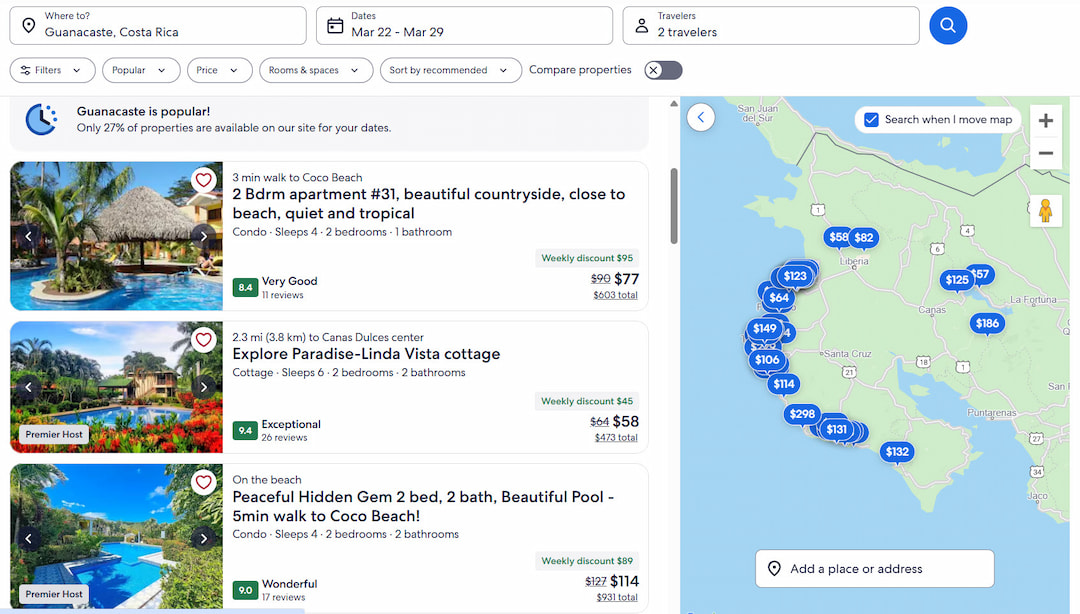 Vacation rentals here in the Papagayo area are available at just about every price point. Just visit AirBnb or VRBO. We’re in a tourist zone and people want to lock up a place to vacation in with their spouse, partner, family, friends – or all of them! Some want an ocean view single family home. Some want a studio condo with a killer swimming pool close to the beach.
Vacation rentals here in the Papagayo area are available at just about every price point. Just visit AirBnb or VRBO. We’re in a tourist zone and people want to lock up a place to vacation in with their spouse, partner, family, friends – or all of them! Some want an ocean view single family home. Some want a studio condo with a killer swimming pool close to the beach.
That stated, if you’re investing in a property to rent it either all or part of the year, you will make money. Occupancy rates from December through April are 75% when rents are higher; May through November 50% when rents are lower; and you can make a killing on rentals over Christmas/New Years/Semana Santa (a.k.a. Easter) weeks when high season rents balloon 30% because of 100% demand!
Higher Rental Yields: Vacation rentals in popular tourist destinations can generate significantly higher rental yields compared to long-term rentals. Investors are particularly drawn to properties in high-demand areas.
As a rule, vacation rentals will yield more than long-term rentals. You’ll need a property manager to help you out if you’re an absentee landlord for check-in/check-out, cleaning, administration (paying taxes, utilities, HOA fees, etc.), and even marketing your rentals on their websites and/or managing your AirBnb and VRBO listings. They typically charge a monthly management fee of ~$150 and anywhere from 15% - 25% on the rentals. Shop around. Property managers are a dime a dozen. Find one with a proven track record, testimonials, and a good reputation.
Seasonality: While tourism provides rental opportunities, it’s essential to consider seasonality. Rental demand may fluctuate depending on the time of year, requiring property owners to adapt their strategies accordingly.
See Vacation Rentals, above.
Challenges and Considerations
Overdependence on Tourism: Areas heavily reliant on tourism for real estate growth may face challenges during downturns in visitor numbers (e.g., due to economic downturns or global events).
The world class beaches of Guanacaste are an international destination for people from around the world. Clearly, there is a dependence on tourism here. But the North Pacific zone of Costa Rica also includes the cities of Liberia, Bagaces, Cañas, Carillo, Tilarán, La Cruz.
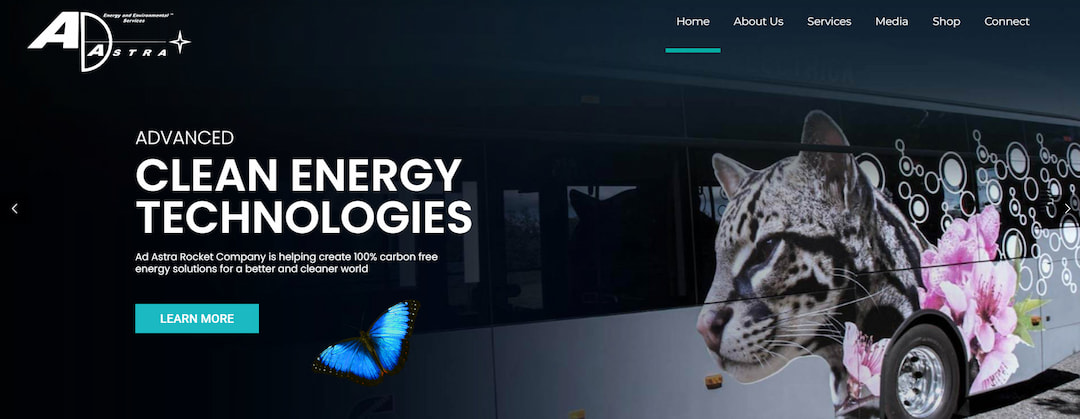 The areas surrounding Papagayo are centers for companies in the food sector, cattle ranching, agriculture, aquaculture, bio tech, professional services, research and develpment, clean energy, and, last but not least, space propulsion. Ad Astra Energy & Environmental Services (a subsidiary of Ad Astra Rocket Company) has its Research & Development facilities in Liberia where space propulsion research and carbon-free energy solutions are being developed. I’ll bet you didn’t know that.
The areas surrounding Papagayo are centers for companies in the food sector, cattle ranching, agriculture, aquaculture, bio tech, professional services, research and develpment, clean energy, and, last but not least, space propulsion. Ad Astra Energy & Environmental Services (a subsidiary of Ad Astra Rocket Company) has its Research & Development facilities in Liberia where space propulsion research and carbon-free energy solutions are being developed. I’ll bet you didn’t know that.
So, tourism is just one part of a very diverse regional economy. And being that most property here is owned outright – with no mortgages for banks to foreclose on – property prices may dip slightly during an economic downturn, but they don’t crash. Your hard asset in Costa Rica really only increases in value. How slow or fast will depend on all of the factors being discussed here.
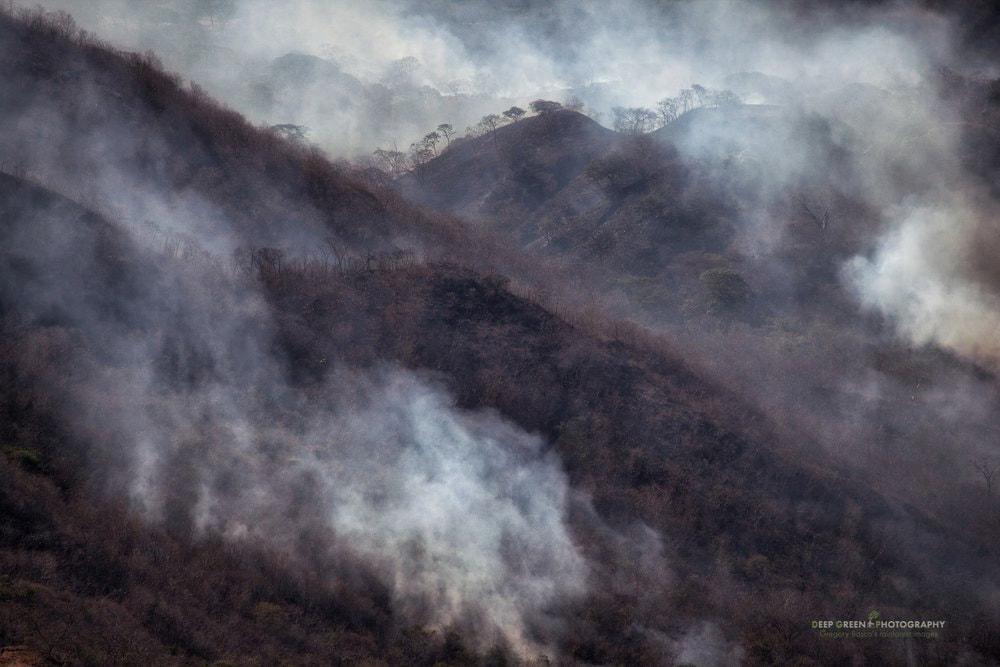 Environmental Concerns: Increased development and tourism can also raise environmental concerns, prompting discussions about sustainable practices and conservation efforts. Fires here in Guanacaste are a plague during the dry season. A certain resort that shall remain nameless (and has since been renovated and re-branded) was closed because it was dumping raw sewerage into our pristine Bahía Culebra.
Environmental Concerns: Increased development and tourism can also raise environmental concerns, prompting discussions about sustainable practices and conservation efforts. Fires here in Guanacaste are a plague during the dry season. A certain resort that shall remain nameless (and has since been renovated and re-branded) was closed because it was dumping raw sewerage into our pristine Bahía Culebra.
It’s taken nearly 20 years since the concept of a marina in Playas del Coco for it to clear the environmental and engineering hurdles for its approval. Large projects go through rigorous and thorough environmental impact studies that may take several years to complete. Costa Rica isn’t Cancún, Mexico, a paradise ruined by overdevelopment fueled by greed and corruption.
For sure, both exist here. But there seems to be a better system of checks and balances – along with a culture here that generally respects nature – that keep it somewhat manageable, thus avoiding the overdevelopment disasters one hears of routinely not just in Mexico, but worldwide. In fact, there are many who think the laws governing the environment are too strict. But they don’t show any signs of weakening.
The Wrap-up
Tourism plays a vital role in shaping the real estate landscape in Costa Rica. While it brings opportunities for investment and development, it also introduces challenges that require careful consideration. Real estate investors, homeowners, and potential buyers must stay informed about market trends and regulatory changes to navigate this dynamic environment successfully. By understanding the impact of tourism, all stakeholders can make informed decisions in order to thrive in Costa Rica's vibrant real estate market.
What are you waiting for!? Let’s get the conversation started! ¡Pura vida!
